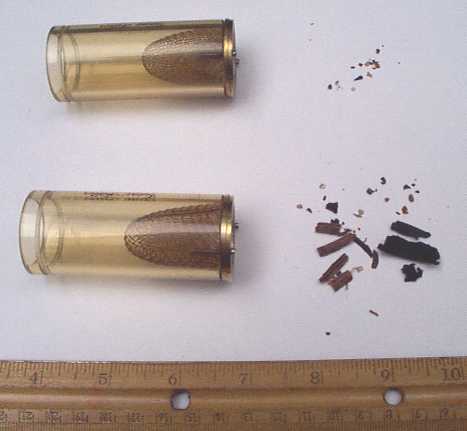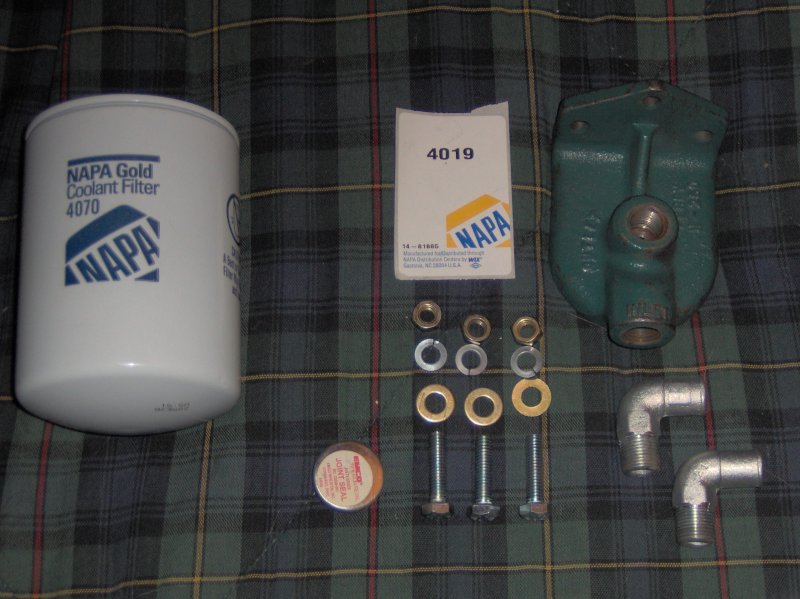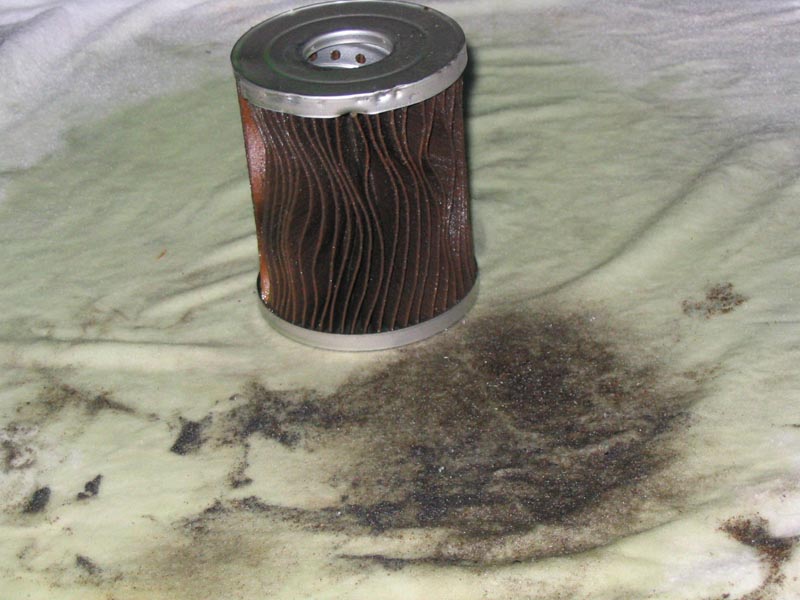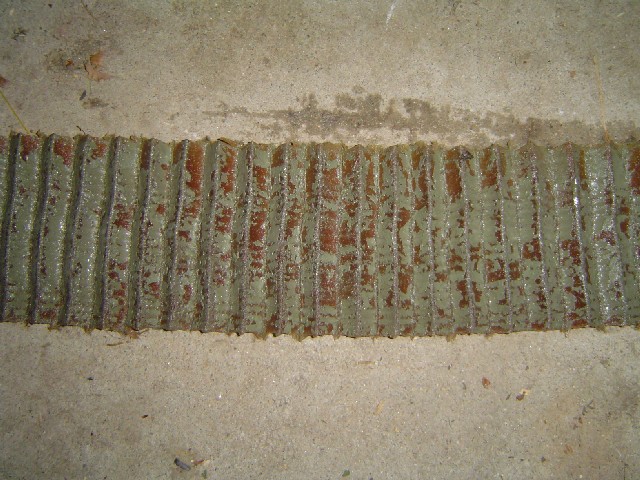I will guess no one has used them, some will go on to talk about their use in big trucks/industrial equipment.
After chasing a cooling system issue, I had about given up. My thermostat is fine, water pump fine, but something was wrong. Not over heating, just running warmer than cummins do, and not cooling rapidly as usual.
I drained the coolant, flushed the system via the drain and refill method. Did this 5 or 6 times with water, and it was still coming out nasty.
I used a cheap primer bulb siphon and snaked the tube down to the lower rad hose. (I have cross flow rad).
Drain and refill this way 3 or 4 more times, still dirty.
I move siphon hose down further and plugged up the siphon with 1/2 cup of "sand". Probably silicates that have fallen out? A green and brown sand.
So now I have given up.
The coolant inlet adapter is corroded/leaking and the dirt never seems to stop coming out. I swear the block must be half full lmao. So as much as I am not thrilled, I got a replacement adapter and will install that to solve the slow mysterious intermittent drip.
Question is, would a coolant filter be of benefit to me?
I am actually considering 2 filters, but one of them might not work.
I am considering this filter in the upper rad hose to protect the radiator, and add a sweet observation window for future troubleshooting. (see bubbles? no coolant flow?) It may not fit, since it only covers 1 7/8-2 1/8 rad hose, I think mine might be larger, I don't remember.
![Image]()
![Image]()
Cost is around $40.
The main star of the show is quite simple as well.
![Image]()
![Image]()
![Image]()
There are a few different available filter bases.
Napa 4019 $30
Baldwin CFB5000 $35
Cummins Fleetguard ? $20ish + $20ish for bracket (not sure on part number)
? $20ish + $20ish for bracket (not sure on part number)
Filters are all basically the same, a screw on oil filter type with 11/16" inlet. Filters come charged or plain. pn 4070 (from napa/wix) gets a plain filter for about $8. adding a 1,2,3,4 instead of 0 gets a charged filter with higher units of sca built in. I suppose the 1st few filters should be the cheaper plain filter because I plan on them clogging pretty quick.
This filter will be plumbed inline of the heater core to do 2 things. Protect the heater core from any future plugging and offer a handy indicator of when it needs to be changed. No heat from core? Time to change. All without having to worry about blocking main flow of coolant. I know the main upper hose filter can plug and kill the engine, but atleast with it being clear, I should be able to spot this.
After chasing a cooling system issue, I had about given up. My thermostat is fine, water pump fine, but something was wrong. Not over heating, just running warmer than cummins do, and not cooling rapidly as usual.
I drained the coolant, flushed the system via the drain and refill method. Did this 5 or 6 times with water, and it was still coming out nasty.
I used a cheap primer bulb siphon and snaked the tube down to the lower rad hose. (I have cross flow rad).
Drain and refill this way 3 or 4 more times, still dirty.
I move siphon hose down further and plugged up the siphon with 1/2 cup of "sand". Probably silicates that have fallen out? A green and brown sand.
So now I have given up.
The coolant inlet adapter is corroded/leaking and the dirt never seems to stop coming out. I swear the block must be half full lmao. So as much as I am not thrilled, I got a replacement adapter and will install that to solve the slow mysterious intermittent drip.
Question is, would a coolant filter be of benefit to me?
I am actually considering 2 filters, but one of them might not work.
I am considering this filter in the upper rad hose to protect the radiator, and add a sweet observation window for future troubleshooting. (see bubbles? no coolant flow?) It may not fit, since it only covers 1 7/8-2 1/8 rad hose, I think mine might be larger, I don't remember.


Cost is around $40.
The main star of the show is quite simple as well.



There are a few different available filter bases.
Napa 4019 $30
Baldwin CFB5000 $35
Cummins Fleetguard
 ? $20ish + $20ish for bracket (not sure on part number)
? $20ish + $20ish for bracket (not sure on part number)Filters are all basically the same, a screw on oil filter type with 11/16" inlet. Filters come charged or plain. pn 4070 (from napa/wix) gets a plain filter for about $8. adding a 1,2,3,4 instead of 0 gets a charged filter with higher units of sca built in. I suppose the 1st few filters should be the cheaper plain filter because I plan on them clogging pretty quick.
This filter will be plumbed inline of the heater core to do 2 things. Protect the heater core from any future plugging and offer a handy indicator of when it needs to be changed. No heat from core? Time to change. All without having to worry about blocking main flow of coolant. I know the main upper hose filter can plug and kill the engine, but atleast with it being clear, I should be able to spot this.





